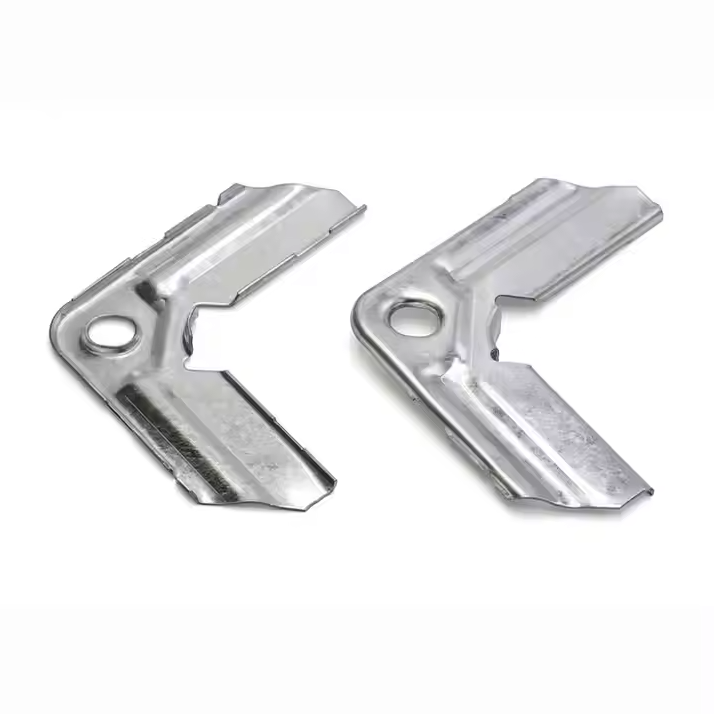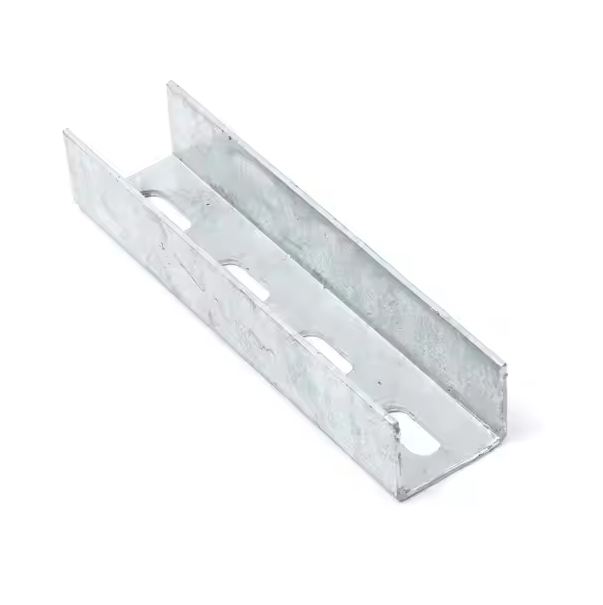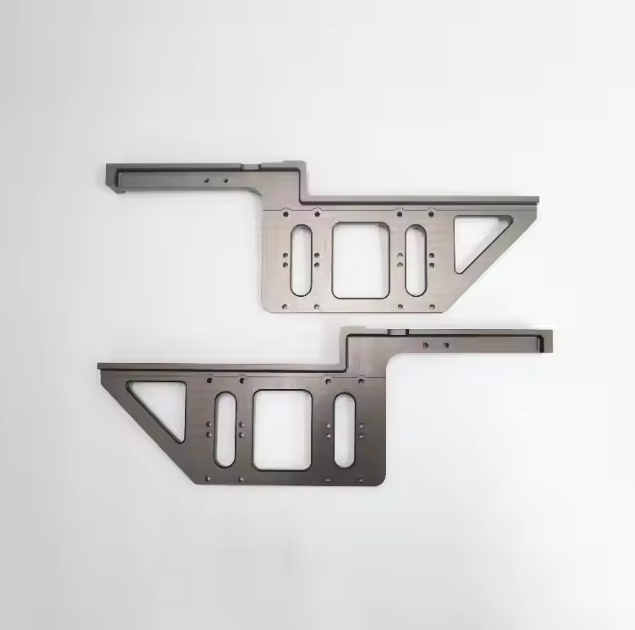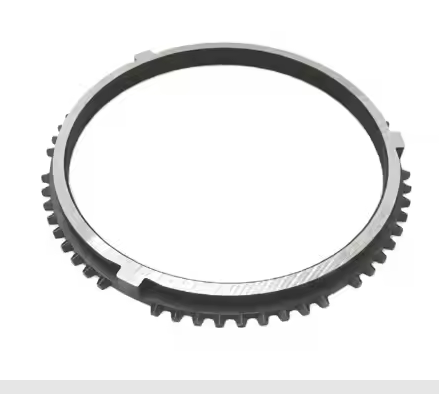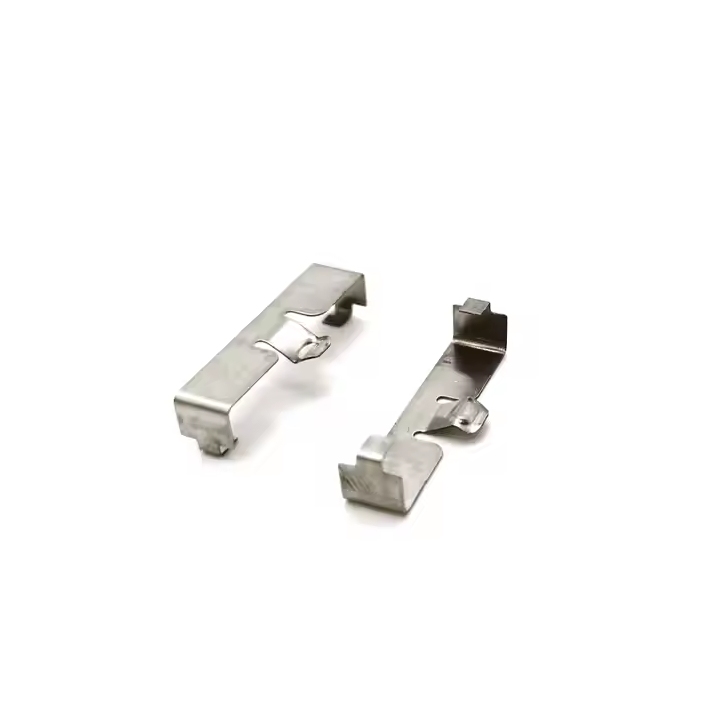Stainless steel is a strong and versatile iron-based alloy that contains at least 10.5% chromium. The presence of chromium also makes this group of alloys highly corrosion resistant. The secret to this high corrosion resistance is the formation of a thin layer commonly known as the "passivation layer."
For an alloy to qualify as stainless steel, it must also contain 1.2% carbon. Other elements that stainless steel can carry include titanium, molybdenum, nickel, silicon, and nitrogen. It is important to note that stainless steel contains a mixture of metals and multiple elements. This is the main reason why this metal exhibits different properties.

General classification of stainless steel
Austenitic stainless steel: As the name implies, it is stainless steel with austenite structure at room temperature. When it contains 8%~10% Ni, about 18% Cr, and about 0.1% C, it has a stable austenite structure. Austenitic stainless steel is non-magnetic and has high toughness and plasticity.
Austenitic stainless steel types:
304, 304L stainless steel,
310 stainless steel,
316, 316L stainless steel,
321 stainless steel,
347 stainless steel
904L stainless steel

Ferritic stainless steel: It is a stainless steel with ferrite as the main structure when in use. It has a body-centered cubic crystal structure and contains 11% to 30% chromium. It generally does not contain nickel, but sometimes contains a small amount of Mo, Ti, Nb and other elements. It has the characteristics of high thermal conductivity, low expansion coefficient, good oxidation resistance, and excellent stress corrosion resistance. It is mostly used to manufacture parts that are resistant to water vapor, water and oxidizing acid corrosion.
Ferritic stainless steel:
409 / 410L type
430Ti, 439 and 441 types
434, 436 and 444 types
446, 445 and 447 types

Martensitic stainless steel:stainless steel whose mechanical properties can be adjusted by heat treatment. Generally speaking, it is a type of hardenable stainless steel. The typical grade is Cr13. The hardness is higher after quenching, and different tempering temperatures have different strength and toughness combinations.
The standard martensitic stainless steels are: 403, 410, 414, 416, 416 (Se), 420, 431, 440A, 440B and 440C.
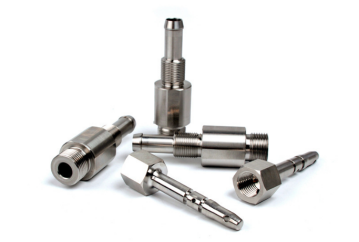
Austenitic-ferritic duplex stainless steel: It is a stainless steel with about half austenite and half ferrite. This type of stainless steel has the characteristics of ferritic stainless steel and austenitic stainless steel. They include corrosion resistance, weldability and formability, and superplasticity. Duplex stainless steel has excellent pitting resistance and is mainly used in refineries and related equipment.

Precipitation Hardening Stainless Steels: These grades have properties of both austenitic and martensitic stainless steels. These grades are heat treatable and corrosion resistant. Precipitation hardening is a heat treatment process that increases the tensile and yield strength of the material. It also improves machinability and wear resistance.

Stainless steel offers users
High corrosion resistance: allows it to be used in harsh environments. It is fire and heat resistant, resists scaling and maintains strength at high temperatures.
Easy to clean, clean and hygienic: The non-porous surface coupled with the easy-cleaning ability of stainless steel makes it a top choice for applications that require strict hygiene controls, such as hospitals, kitchens and other food processing plants. Its bright and easy-to-maintain surface makes it an easy choice for applications that demand an attractive surface at all times.
Long life and low cost: It has a weight advantage that allows it to be used in reduced thickness than traditional grades of material, often saving costs. Stainless steel can be cut, machined, fabricated, welded and formed just like traditional steel due to modern steelmaking technology, making it easy to manufacture. The long-term value resulting from its long life cycle often yields the cheapest material choice.
Stainless steel is a very durable metal that can withstand the wear and tear of daily activities that would otherwise damage the ring. The hard metal resists scratches and corrosion due to the invisible chrome layer that prevents oxidation; this makes it a top wonder for body jewelry. Maintaining stainless steel jewelry is also easier because you don't have to have special cleaning solutions to take care of your wholesale jewelry. Just use warm water, liquid soap, and a little elbow grease and your stainless steel ring will be as good as new. Because it is not a precious metal like gold, silver, or copper, it is very affordable, making stainless steel pieces very cost-effective.
Stainless Steel Processing Applications
Due to its strength, corrosion resistance and other desirable properties, stainless steel can be used in the following industries
Medical Industry – MRI scanners, dental equipment, replacement joints, surgical platforms
Automotive Industry – exhaust systems, body frames, containers
Construction Industry – handrails, storage equipment, pressure vessels

Aviation – aircraft frames, engines
Production – heat exchangers
Food – tableware, refrigerators, kitchen countertops, pots and pans
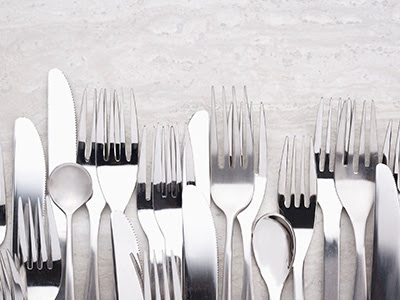
Xuanmin is a professional and reputable rapid prototyping service company that specializes in rapid prototyping services such as CNC machining services, sheet metal processing services, injection molding, die casting and more. We provide professional stainless steel solutions that can help you manufacture high-quality steel products for a wide range of industries such as aerospace, medical devices, etc.
Whether you are looking for custom CNC machined stainless steel alloys for automotive, aerospace, or construction, Xuanmin's custom stainless steel processing products are your ideal choice. Partner with us to gain in-depth knowledge of the processing field of stainless steel and other materials.
